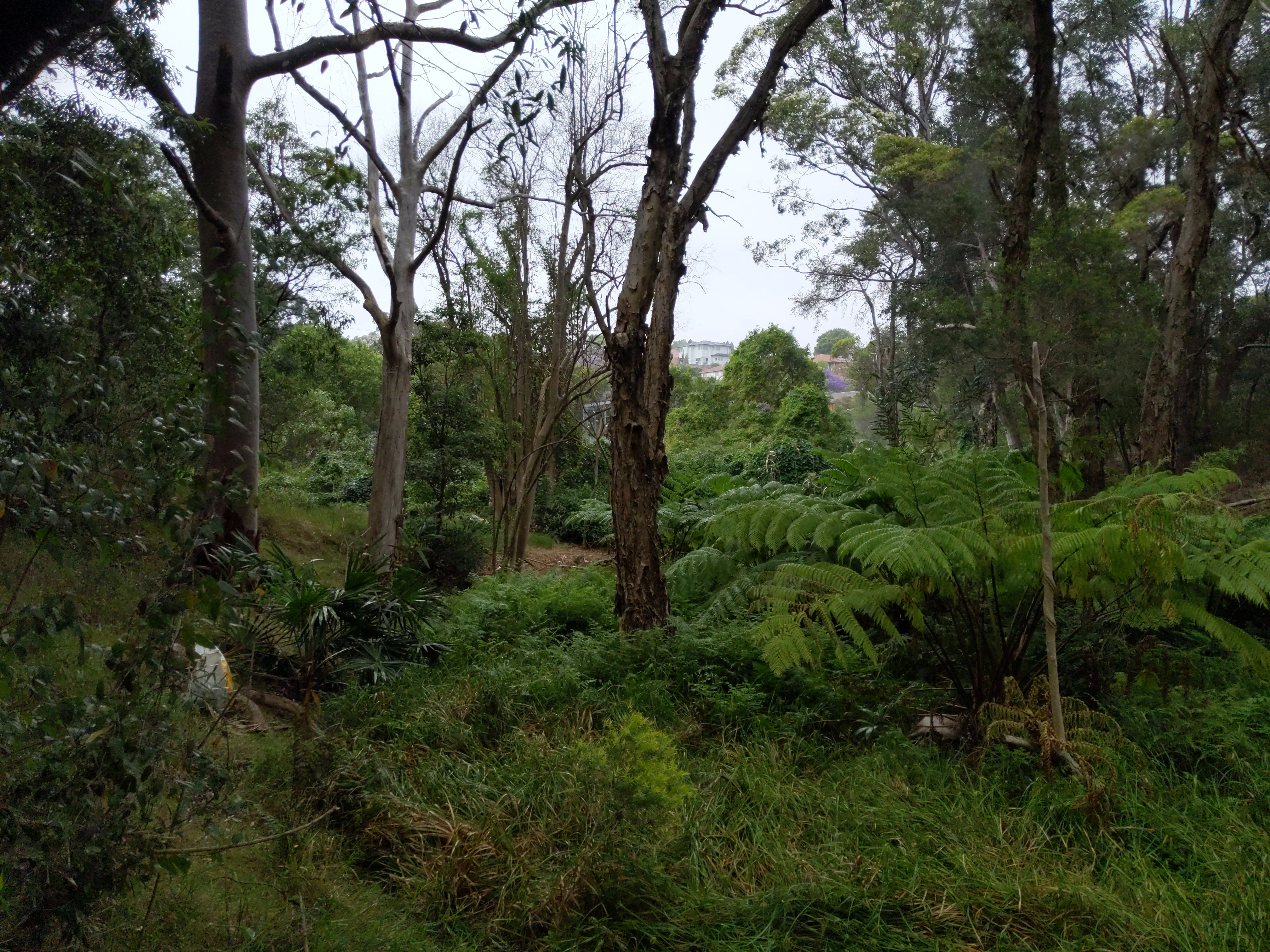Photography
c/photography is a community centered on the practice of amateur and professional photography. You can come here to discuss the gear, the technique and the culture related to the art of photography. You can also share your work, appreciate the others' and constructively critique each others work.
Please, be sure to read the rules before posting.
THE RULES
- Be nice to each other
This Lemmy Community is open to civil, friendly discussion about our common interest, photography. Excessively rude, mean, unfriendly, or hostile conduct is not permitted.
- Keep content on topic
All discussion threads must be photography related such as latest gear or art news, gear acquisition advices, photography related questions, etc...
- No politics or religion
This Lemmy Community is about photography and discussion around photography, not religion or politics.
- No classified ads or job offers
All is in the title. This is a casual discussion community.
- No spam or self-promotion
One post, one photo in the limit of 3 pictures in a 24 hours timespan. Do not flood the community with your pictures. Be patient, select your best work, and enjoy.
-
If you want contructive critiques, use [Critique Wanted] in your title.
-
Flair NSFW posts (nudity, gore, ...)
-
Do not share your portfolio (instagram, flickr, or else...)
The aim of this community is to invite everyone to discuss around your photography. If you drop everything with one link, this become pointless. Portfolio posts will be deleted. You can however share your portfolio link in the comment section if another member wants to see more of your work.
view the rest of the comments




It's called HDR (High Dynamic Range) photography. Your phone is taking three pictures: one at a medium exposure, one at a bit higher exposure and one at a bit lower exposure.
The higher exposed picture will have a blown-out sky, but more detail in the darker area, while the lower-exposed one will have a correctly exposed sky with the darker areas underexposed.
These pictures are then combined by taking the correctly exposed areas of each picture, i.e. the sky from the low-exposure picture and the shadows from the high-exposure one, giving you a single picture without over- or underexposed areas.
I don't know about OpenCamera, but you should be able to select the size of the exposure bracket, meaning how much higher or lower the different pictures are exposed.